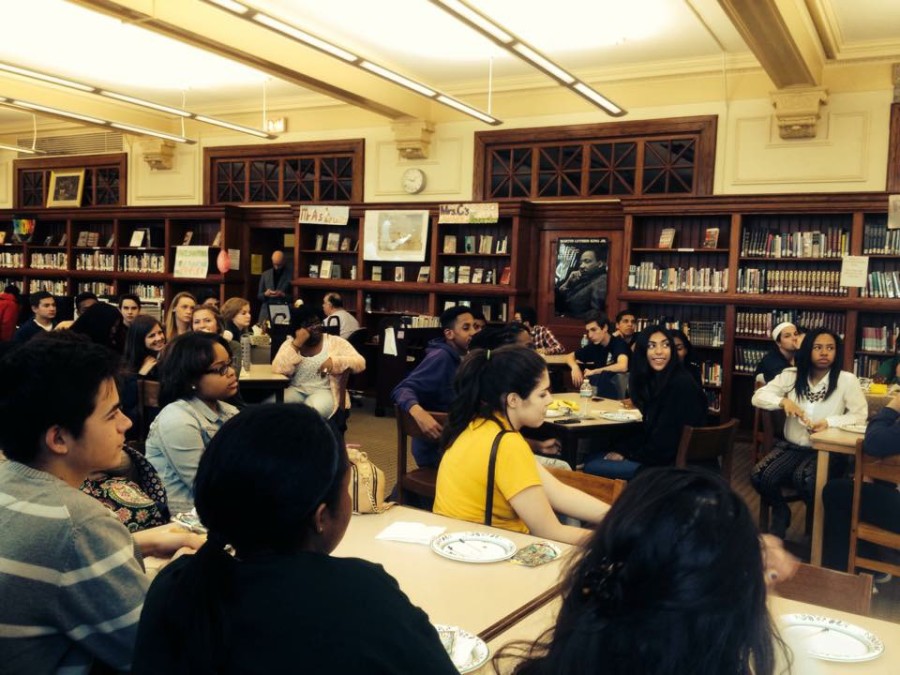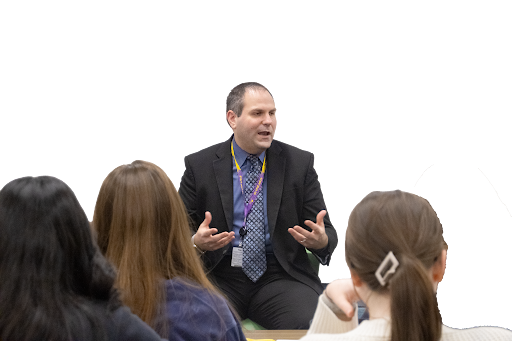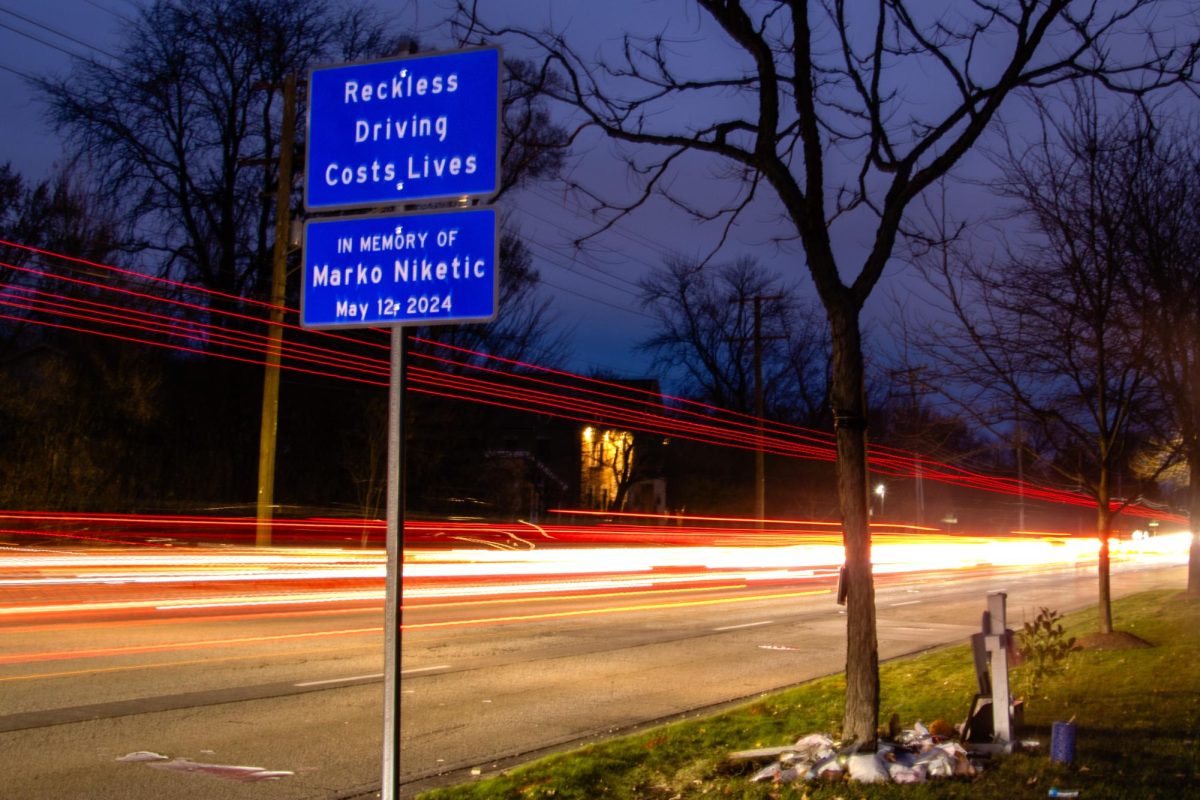Thirty-six South students in Urban Studies II have participated in an exchange with the Lindblom Math and Science Academy. Daniel Rhoades, Urban Studies II teacher, started his student-teaching at Lindblom Math and Science Academy in Englewood.
“[Lindblom’s] a really cool school in a really rough neighborhood where they’re doing great things almost every day,” Rhoades said. “That was something I wanted to bring to Glenbrook South when I started teaching here.”
The students from Lindblom came to visit South just before spring break. The South students participating in the exchange took Lindblom students on a tour around South, and the Lindblom students did the same for the visiting South students.
“The students there got a feel for what it’s like to go to school in […] that environment and talk about issues, social justice, education and educational inequality, and what that means for students in high school in the Chicagoland area today,” Rhoades said.
According to Rhoades, it is similar to the Spanish, French, German and Japanese exchange in which the Language Department participates. They have the same goals, but the geography is different.
“We’re trying to build communication, empathy and a deeper understanding between two groups of students that probably wouldn’t interact with each other outside of the exchange,” Rhoades said. “And trying to build that empathy—build that understanding— is the primary goal of the exchange.”
Sophomore Aamir Hemani participated in the exchange and commented on his experience with the student from Lindblom he was paired with.
“He was pretty amazed at how big the school was, and how new it looked,” Hemani said. “We showed him the PLTW rooms with the 3D printer, and he was really blown away by it. It gave me [a different] perspective of how their school was as opposed to our school.”
Rhoades commented on the main differences between South’s education and experience at school compared to Lindblom’s experience.
“In both good and bad ways, the two schools provide very different experiences in terms of how kids get to school and what their journey to school on a daily basis looks like, as well as their experiences in the classroom and the resources both [schools] are able to provide,” Rhoades said.
According to Hemani, students at South are more closed off to harsh realities compared to Lindblom students.
“The students [at South] are a lot more sheltered.” Hemani said. “[Lindblom] kids are a lot more [exposed].”
According to Hemani, the introductory stages of the exchange were the most difficult part of the process.
“The hardest part was actually going up to him and meeting him, shaking his hand, introducing myself,” Hemani said. “But after that, [my friends and I], we all got in a big group and exchanged ideas on how our school [was] and they said how their school was.”
Hemani believes that the experience of the exchange had a positive effect on their personal growth. Sophomore Sarah Wojick agrees that the exchange helped her realize how lucky South is.
“I think it makes me a better person because it shows that we take things for granted, unlike them,” Wojick said. “So, every time I think about something I don’t like about our school, I just think about them.”
Rhoades believes that both schools, South and Lindblom, produce great students with bright futures. Additionally, both GBS and Lindblom give students the opportunity to get a quality and thorough education.
“We both have traditions of excellence; Glenbrook South has a long-standing history of producing outstanding students, and Lindblom has very much the same reputation,” Rhoades said.
Hemani, Wojick and Rhoades encourage other students to take the Urban Studies classes and participate in the exchange.
“I’m taking Urban I and II, and I like both of them,” Wojick said. “Usually, I’m not into social studies, but those two classes I really enjoyed.”







